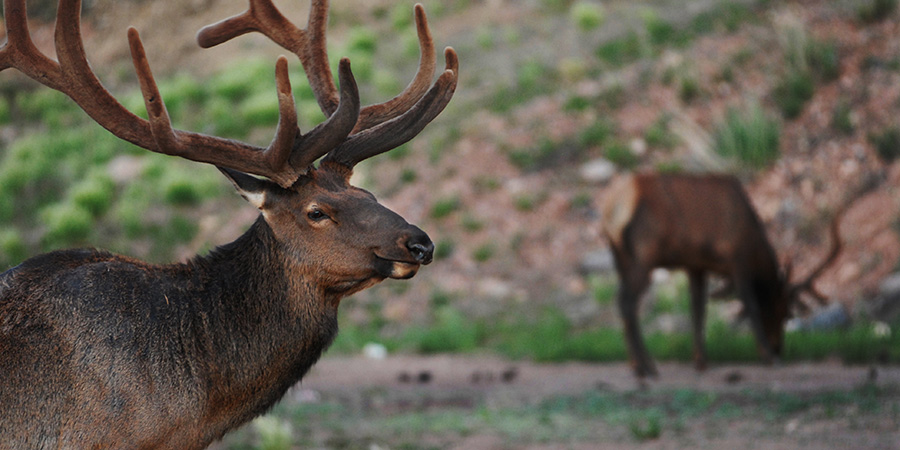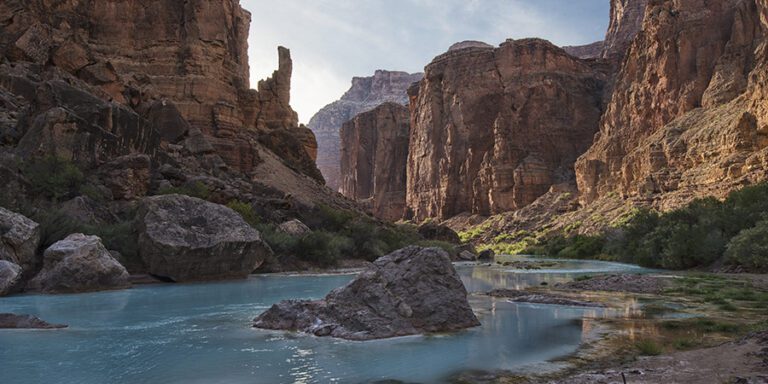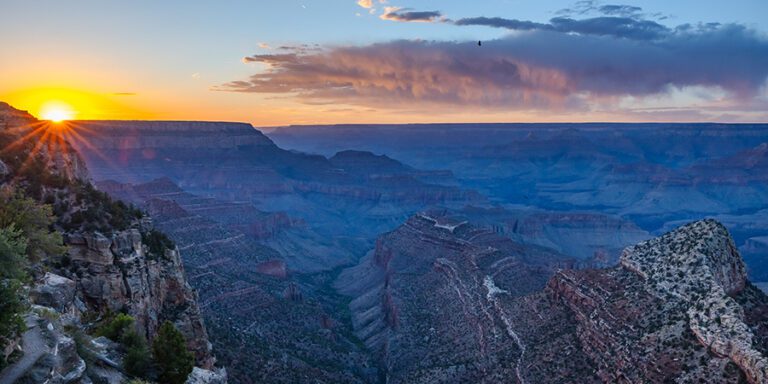
The new Grand Canyon national monument allows traditional uses like hunting and ranching to continue.
The new Baaj Nwaavjo I’tah Kukveni – Ancestral Footprints of the Grand Canyon National Monument protects 917,618 acres of federal public lands north and south of Grand Canyon National Park, and includes the ancestral homelands of many Native American tribes.
For more than 100 years, American presidents of both political parties have used their power under the Antiquities Act to protect areas of historical and scientific value as national monuments. These monuments have ranged in size from 1 acre to about 283 million acres. And many national monuments are managed differently according to the needs and specific circumstances of the landscape and communities they’re a part of — from the federal agencies that oversee management to the specific uses that are protected or prohibited.
Protecting Baaj Nwaavjo I’tah Kukveni as a national monument was extremely popular in Arizona, in part because the monument preserves the landscape and cultural resources it contains as well as existing hunting, livestock grazing, and private property rights.
Hunting in Baaj Nwaavjo I’tah Kukveni
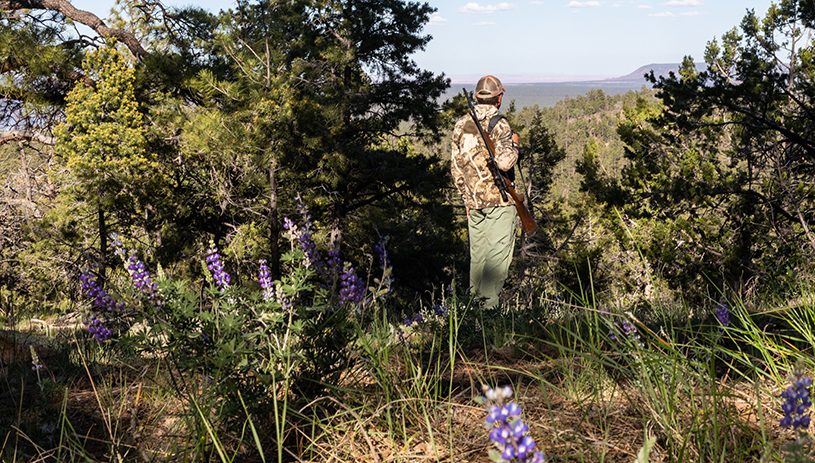
Native peoples have hunted in what is now Baaj Nwaavjo I’tah Kukveni since time immemorial. And hunters from around the state and across the country travel here to pursue elk and track epic migrations of mule deer across the landscape. The monument respects and preserves these traditions.
The White House fact sheet about the monument is straightforward on this point, stating: “Hunting and fishing will continue to be allowed throughout the monument, including in the Kanab Creek area.”
And the monument proclamation itself makes clear that the monument does nothing to change the “jurisdiction or authority of the State of Arizona with respect to fish and wildlife management, including hunting and fishing.”
It’s business as usual for hunters on monument lands. You can get your hunting license or apply for a big game draw through Arizona Game and Fish ›
Livestock grazing in Baaj Nwaavjo I’tah Kukveni
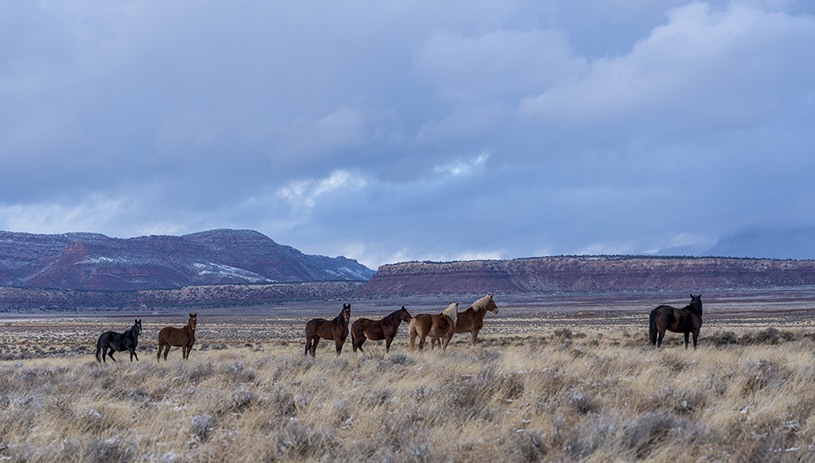
Private property rights in Baaj Nwaavjo I’tah Kukveni
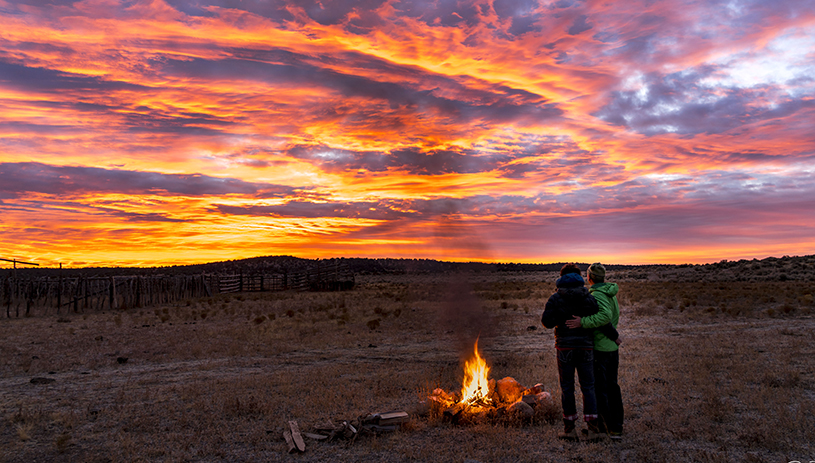
Enjoying the sunset in the west parcel of the monument. RICH RUDOW
The national monument includes federal lands only — mostly national forest and lands managed by the U.S. Bureau of Land Management. The federal agencies that manage these lands remain the same. State and private lands within the monument boundaries are not part of the monument and remain state and private land. The monument did not transfer ownership of any lands to the federal government.
The White House fact sheet makes very clear: “The national monument only includes federal lands and does not include State and private lands within the boundary or affect the property rights of the State or private land owners.”
If you’re a landowner with property inside the monument boundaries, rest assured: your property rights are 100 percent unchanged and intact.
The designation of Baaj Nwaavjo I’tah Kukveni – Ancestral Footprints of the Grand Canyon National Monument simply adds a much-needed layer of protections to the federal public lands within its boundaries, preserving these historically and culturally important lands for future generations.
What’s next?
Be sure to keep an eye out for the start of a public comment process on how the new monument should be managed. Aside from the uses explicitly addressed in the proclamation, like hunting and livestock grazing, many of the nitty-gritty details of monument management will be worked out by the newly established Baaj Nwaavjo I’tah Kukveni – Ancestral Footprints of the Grand Canyon Commission, government agencies, and the public.

